

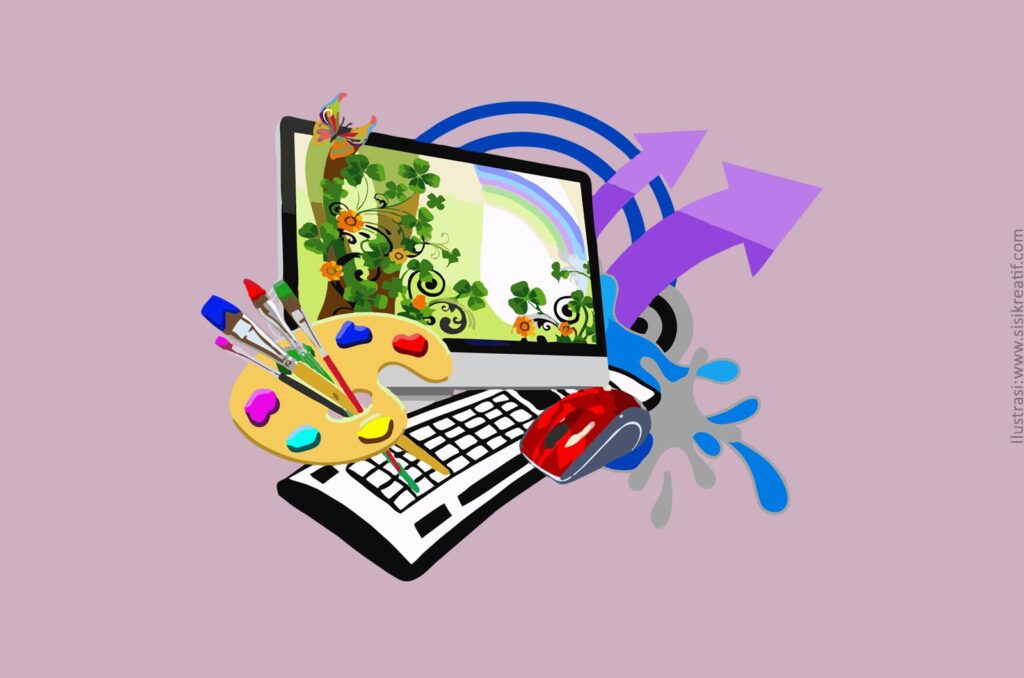
Graphic design combines artistic creativity and scientific principles to communicate messages visually. Through the balance of color, typography, and layout, designers create visually compelling pieces that convey information and evoke emotions. This article explores the various facets of this dynamic field.

Graphic design is the art of combining text and images to create visually appealing communications. It involves intellectual creativity and technical skills to solve problems and communicate ideas. Designers use various elements like color, typography, and images, employing principles such as balance, contrast, and harmony. The goal is to grab the viewer’s attention and convey information clearly and effectively. Graphic design has applications in branding, advertising, print, and digital media, among others. The versatility of this field makes it crucial in modern communication, requiring designers to have a deep understanding of both artistic concepts and technological tools.

Color theory is fundamental in graphic design, influencing mood, perception, and behavior. It involves understanding how colors interact, the impact of colors on emotions, and the cultural significance attached to various hues. Designers use the color wheel to pick harmonious color schemes, such as complementary, analogous, and triadic palettes. Colors can be used to draw attention to specific elements, create visual cohesion, and differentiate sections of a design. Psychological effects of color are also considered; for instance, blue can instill trust, while red can invoke urgency. Mastery of color theory allows designers to evoke specific responses and create a cohesive visual narrative.
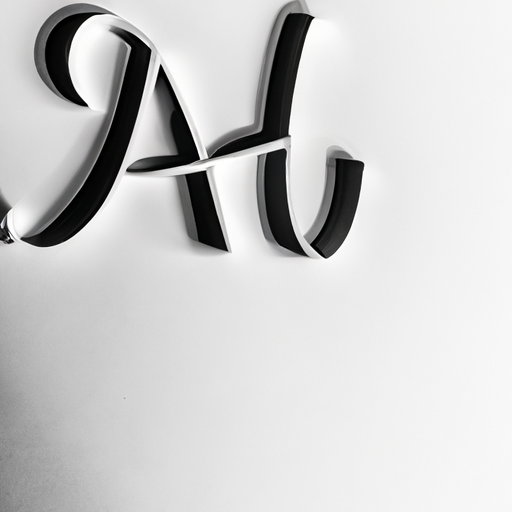
Typography is the art of arranging text in a readable and aesthetically pleasing manner. It involves choosing appropriate typefaces, adjusting spacing, and aligning text to enhance readability and visual appeal. Fonts convey personality and tone; for instance, serif fonts appear traditional and authoritative, while sans-serif fonts are modern and clean. Good typography ensures that the text is not only readable but also complements the overall design. It guides the viewer's eye through the content, emphasizing important information and creating a hierarchy of importance. Understanding typographic principles is essential for effective communication in graphic design.
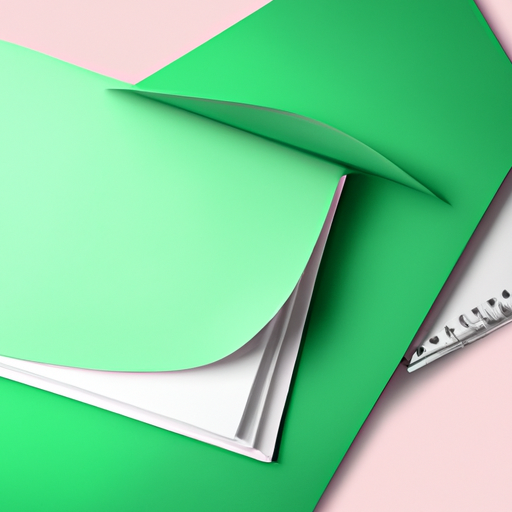
Layout and composition refer to the arrangement of visual elements on a page. A well-composed layout guides the viewer’s eye and makes the content easy to navigate. Designers use grids and alignment to create structured and balanced designs. Techniques such as the rule of thirds, white space, and visual hierarchy help in organizing elements logically and aesthetically. Consistent margins, padding, and spacing are crucial for a clean look. A strong layout enhances readability, directs focus, and improves the overall user experience. Ultimately, effective composition ensures that the design is not only attractive but also functional.
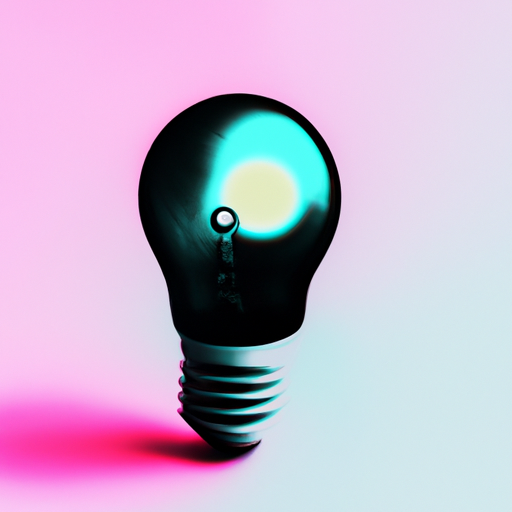
Visual perception involves how the brain processes visual information. Understanding this helps designers create more effective visuals. The Gestalt principles, for example, explain how people perceive visual elements as whole patterns rather than as individual components. Concepts like proximity, similarity, and closure are used to create organized and unified designs. Additionally, the human brain tends to recognize and interpret familiar shapes and symbols quickly, which can be leveraged in design for intuitive understanding. By considering visual perception, designers can create layouts that are not only attractive but also easily interpretable and engaging for the viewer.
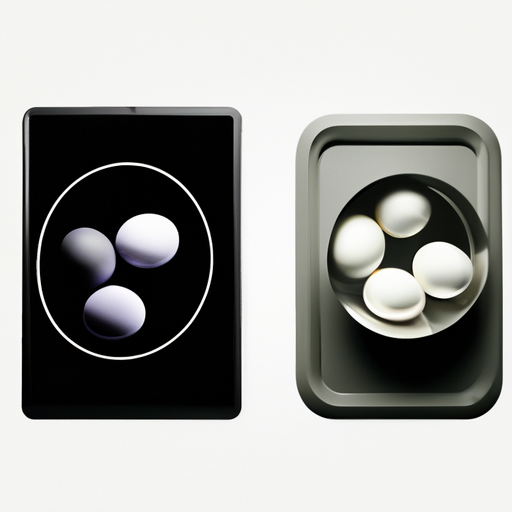
Branding is creating a unique identity for a product or company. Graphic design plays a pivotal role in this by developing logos, color schemes, and visual styles that represent the brand’s values and identity. A consistent visual identity across all media creates a strong brand image and builds trust with the audience. Designers work closely with marketers to ensure that the visual elements align with the brand's message and target audience. Effective branding through graphic design leads to recognizable and memorable brands, fostering customer loyalty and differentiating the brand in a competitive market.
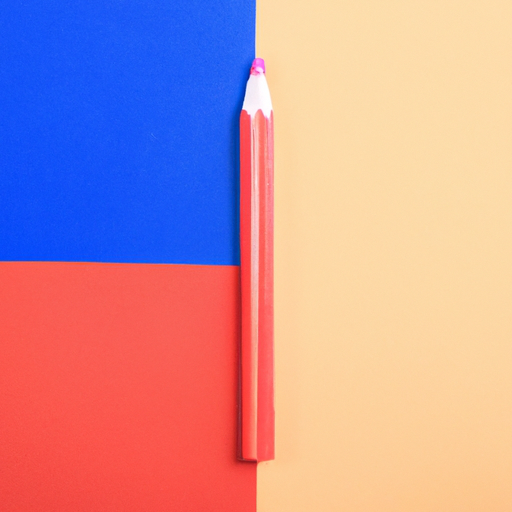
The evolution of technology has profoundly impacted graphic design. Digital tools like Adobe Creative Suite, Sketch, and Canva have revolutionized the design process, offering precision, efficiency, and limitless creative possibilities. The rise of user experience (UX) and user interface (UI) design has also expanded the role of graphic designers. They now create interactive and responsive designs for websites and apps, considering user behavior and functionality. Additionally, advancements in printing technology have allowed for more vibrant and accurate reproductions of digital designs. Technology has not only streamlined the design process but also expanded the capabilities and scope of what graphic designers can achieve.
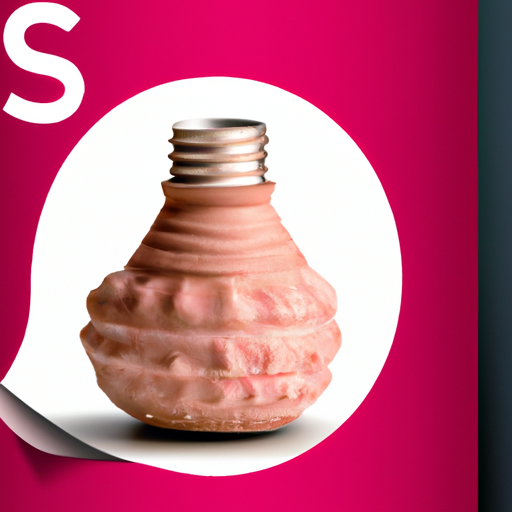
The field of graphic design is continually evolving, with emerging trends shaping its future. Minimalism remains popular, emphasizing simplicity and clarity. Sustainable design practices are gaining traction, with designers opting for eco-friendly materials and processes. The use of motion graphics and animations is on the rise, adding dynamism to digital content. Virtual reality (VR) and augmented reality (AR) are opening new realms for immersive design experiences. Artificial intelligence (AI) and machine learning are also making waves, offering predictive design tools and personalization. Staying abreast of these trends ensures that designers can continue to innovate and create relevant, cutting-edge designs.
Graphic design is a unique blend of art and science, requiring both creativity and technical knowledge. Understanding the fundamentals, from color theory to typography, and staying updated with technological advancements and trends, is essential for successful design. By mastering these aspects, graphic designers can create visually appealing and effective communications that resonate with audiences and fulfill their intended purposes. As the field continues to evolve, the fusion of creativity and technology will drive the future of graphic design, making it an exciting and dynamic profession.